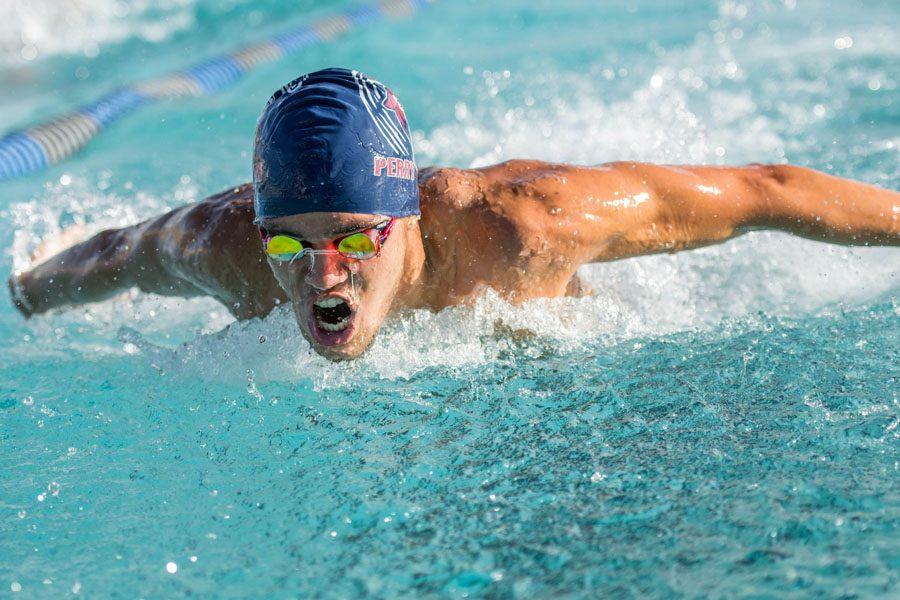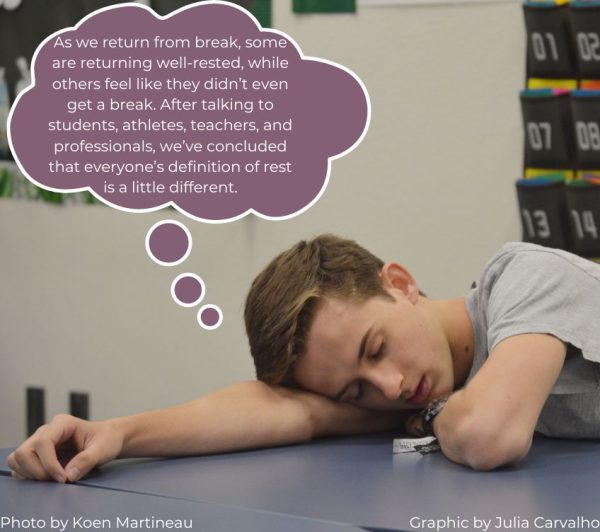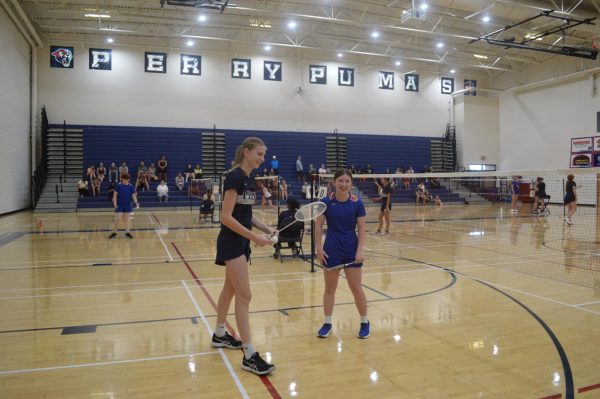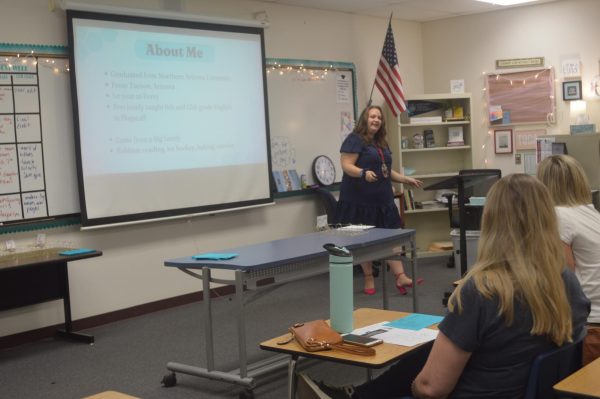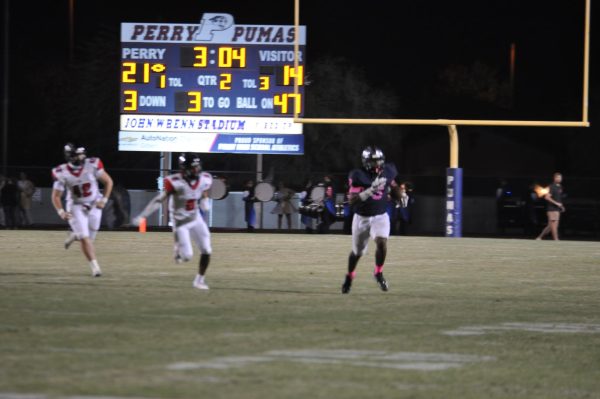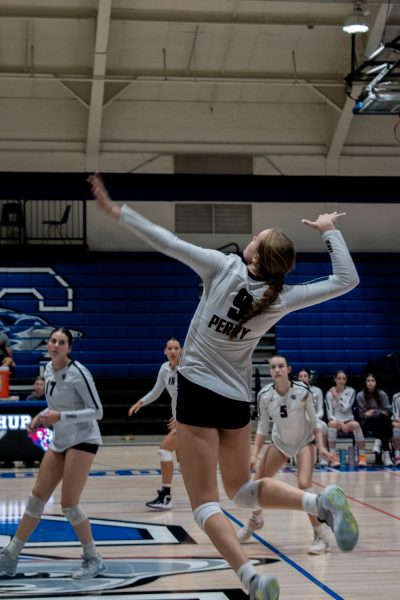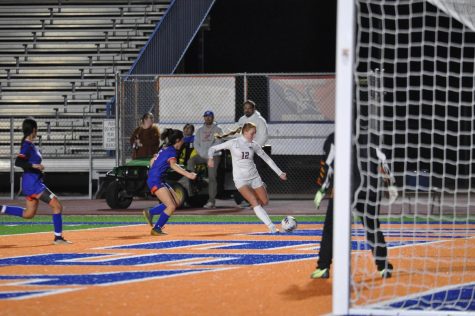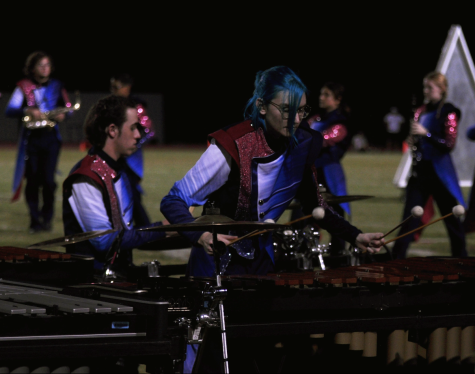AIA Update: Year-round practice may harm multi-sport athletes
The AIA council voted 39-5 to approve legal year-round practices beginning next year. Some coaches, players and parents worry that the new rule could end multi-sport athletes.
In perhaps the most surprising conclusion to a divisive conversation, the AIA council voted 39-5 to approve unrestricted year-round practices for all sports, except for a no-pads or helmets regulation for football.
Although met with resentment by the majority, the door has been opened for year-long prep, effective July 1. Spring football has been moved from the 44th AIA calendar week to the 43rd, and includes 18 practices over four weeks.
The most notable argument is on behalf of multi-sport athletes, who could now be in jeopardy of losing their ability to play each sport. The discouragement of multi-sport participation could hurt schools who rely on versatile athletes to fill multiple team rosters.
“I don’t think they feel pressured to do more,” said athletic director Jennifer Burks. “I would think our multi-sport athletes are going to continue to be multi-sport athletes.”
The consequence for multi-sport athletes is the elimination of an off-season for some, a key time for recovery and refinement of athleticism without the rigor of high school commitment.
“Players need a break from us [coaches] and coaches need a break,” said Coach Sam Duane. “I don’t think you can have a student athlete go year-round.”
“We place a lot of value on players having time off and getting rest and recuperating their body,” said Coach Fred Mann, head volleyball coach and NCAA counselor. “We don’t plan on doing anything differently.”
By allowing year-round practices, athletic directors do not have to carefully oversee each out-of-season workout session or clinic, taking care to follow the AIA guidelines.
“I think it is one of these situations where somebody doesn’t want to govern all the little things that go on,” said Mann.
Despite the opposition to the new rule, many athletic directors and coaches suspect little will change as long as the coaches respect players’ time.
“If other schools want to go ahead and start practice in the middle of June and go all year long, they are welcome to do that, but that is not something we are going to do,” said Mann.
For Perry at least, the threat of year-round practice is not something to fear. With coaches who appreciate multi-sport commitment, as well as understand the importance of recovery time, the rule is not one that will be abused.
“Most coaches are going to keep what they have been doing,” said Duane. “I know some of them [athletes] might be a little bit worried, but I think that is up to us coaches to make them feel okay with playing another sport.”

I am a second-year opinions editor with experience in sports and features.

Hi I'm Sawyer. I like to play sports and be active. I am a second year Staff Reporter writing about sports features and english/social studies.

